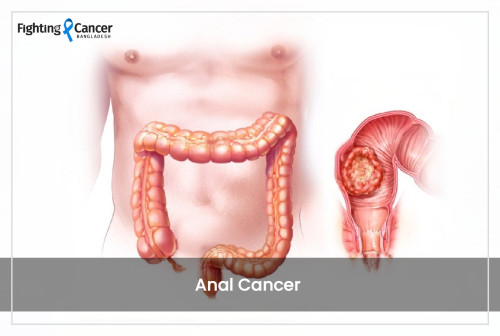
The anus is 1-1/2 inches long and connects the rectum (lower part of the large intestine) to the outside of the body located at the end of the rectum; its main function is to help solid waste pass from the body. The anus is lined with squamous cells; most cancers develop in those squamous cells. The different types of anal cancer are squamous cell carcinoma, clonogenic carcinoma, adenocarcinoma, basal cell carcinoma, and melanoma of the anus.
Statistics
9,090 adults (3,020 men and 6,070 women) were diagnosed with anal cancer. The human papillomavirus (HPV) causes most squamous cell anal cancers. The average age of diagnosis for anal cancer is in the early 60s. About 1,430 deaths (560 men and 870 women) from this disease will occur this year. The 5-year survival rate is almost 69%.
Risk Factors And Symptoms
- Age (over 50)
- Human papillomavirus (HPV) infection
- Human immunodeficiency virus (HIV) or acquired immunodeficiency syndrome (AIDS)
- Having more than 10 sexual partners
- Anal intercourse
- Frequent anal redness, swelling, and soreness
- Tobacco use
- Immunosuppression, including taking immune-suppressing drugs after an organ transplant
- Anal fistula
Symptoms include bleeding from the anal area, pain or pressure in the anal area, itching or discharge from the anus, lump or swelling near the anus, change in bowel habits or change in the diameter of the stool
Prevention
Avoiding anal sexual intercourse, limiting the number of sex partners, condoms, HPV vaccination, and smoking.
Treatment
Surgery (local resection, abdominoperineal resection), chemotherapy, (checkpoint inhibitors, fluorouracil combined with either mitomycin C or cisplatin), immunotherapy, radiation therapy (intensity-modulated radiation therapy (IMRT), and proton therapy) are the currently available treatment options. Recent research has shown similar cure rates between surgical treatment and the combination of radiation therapy and chemotherapy.

